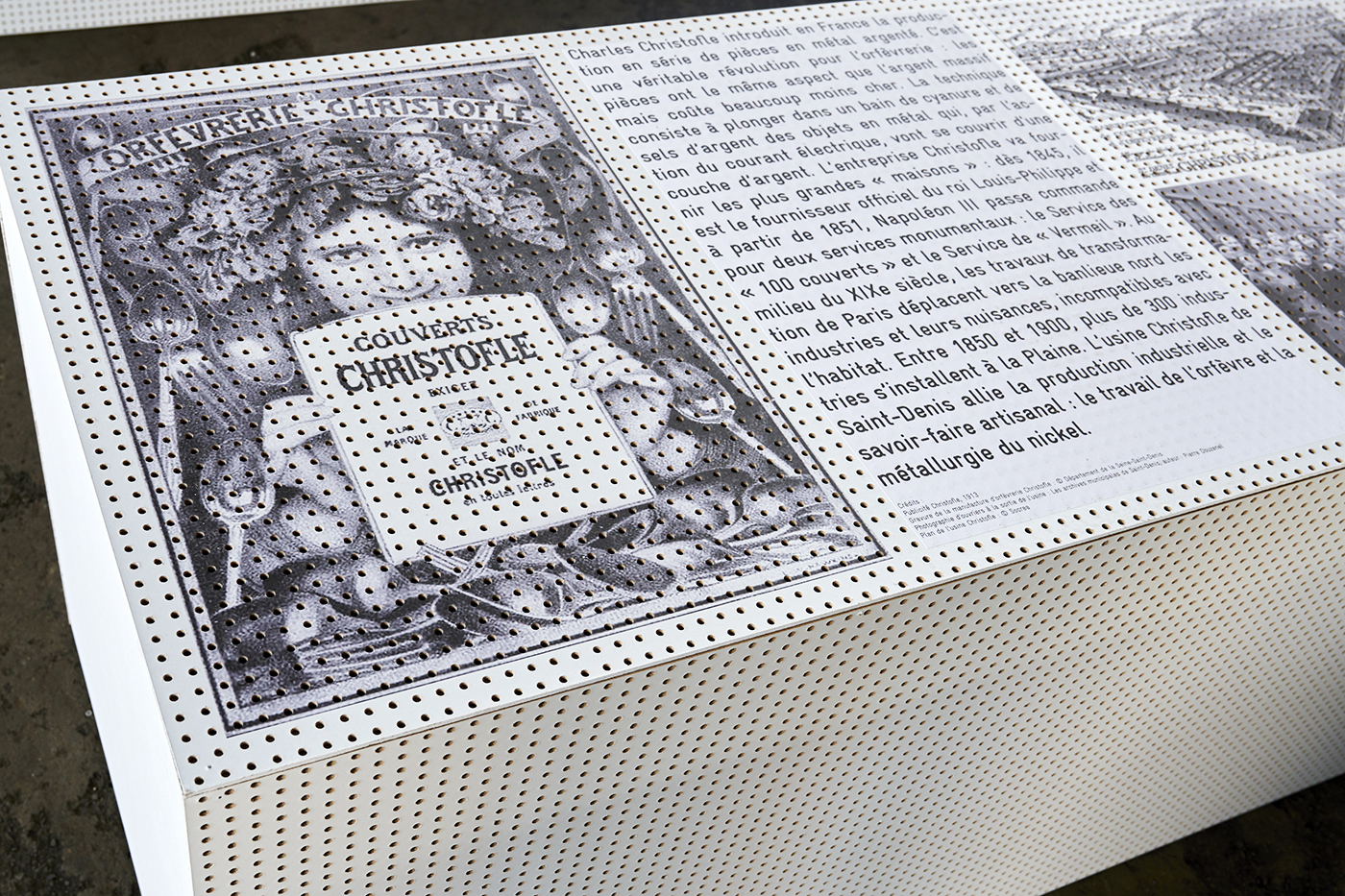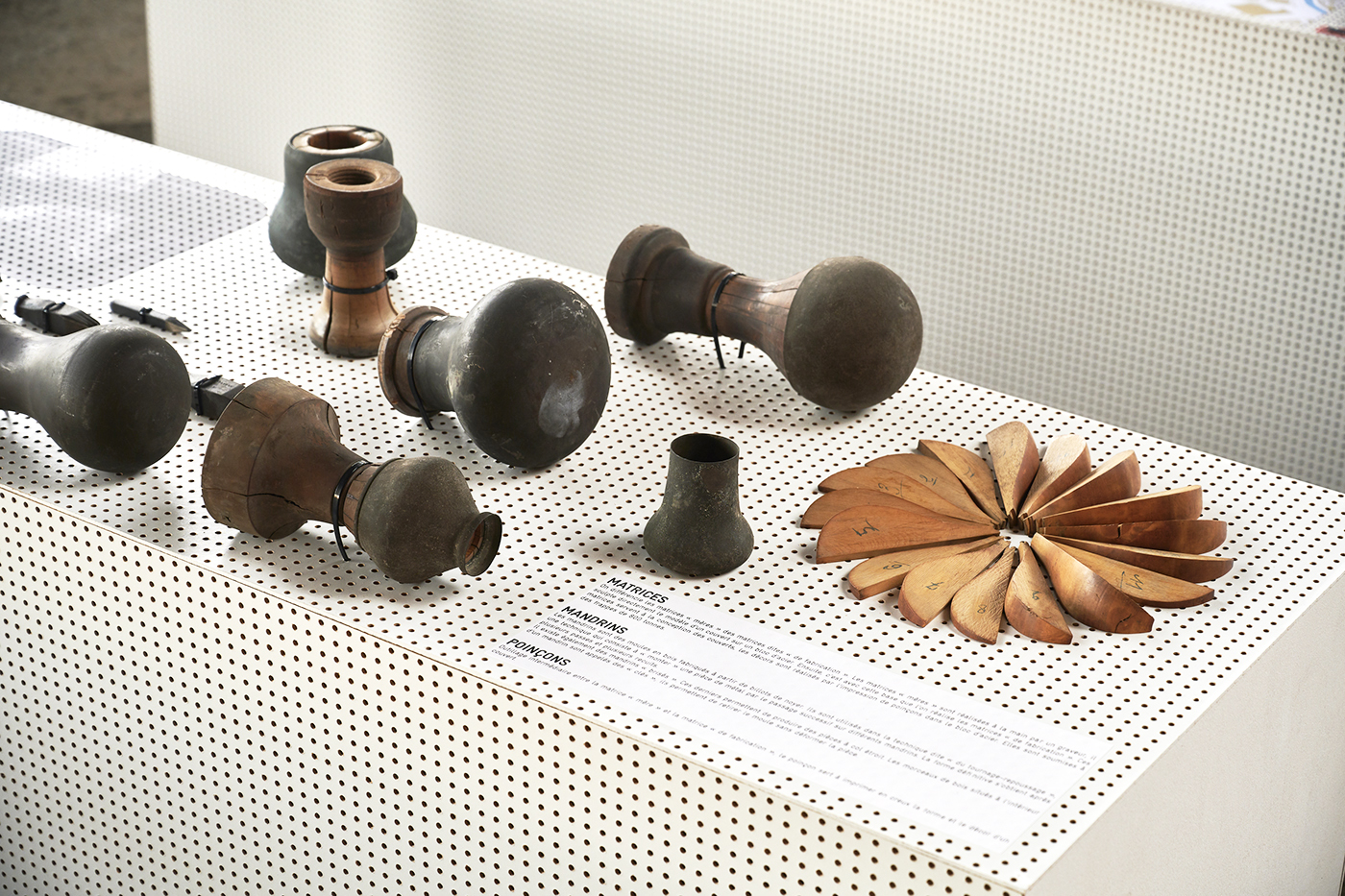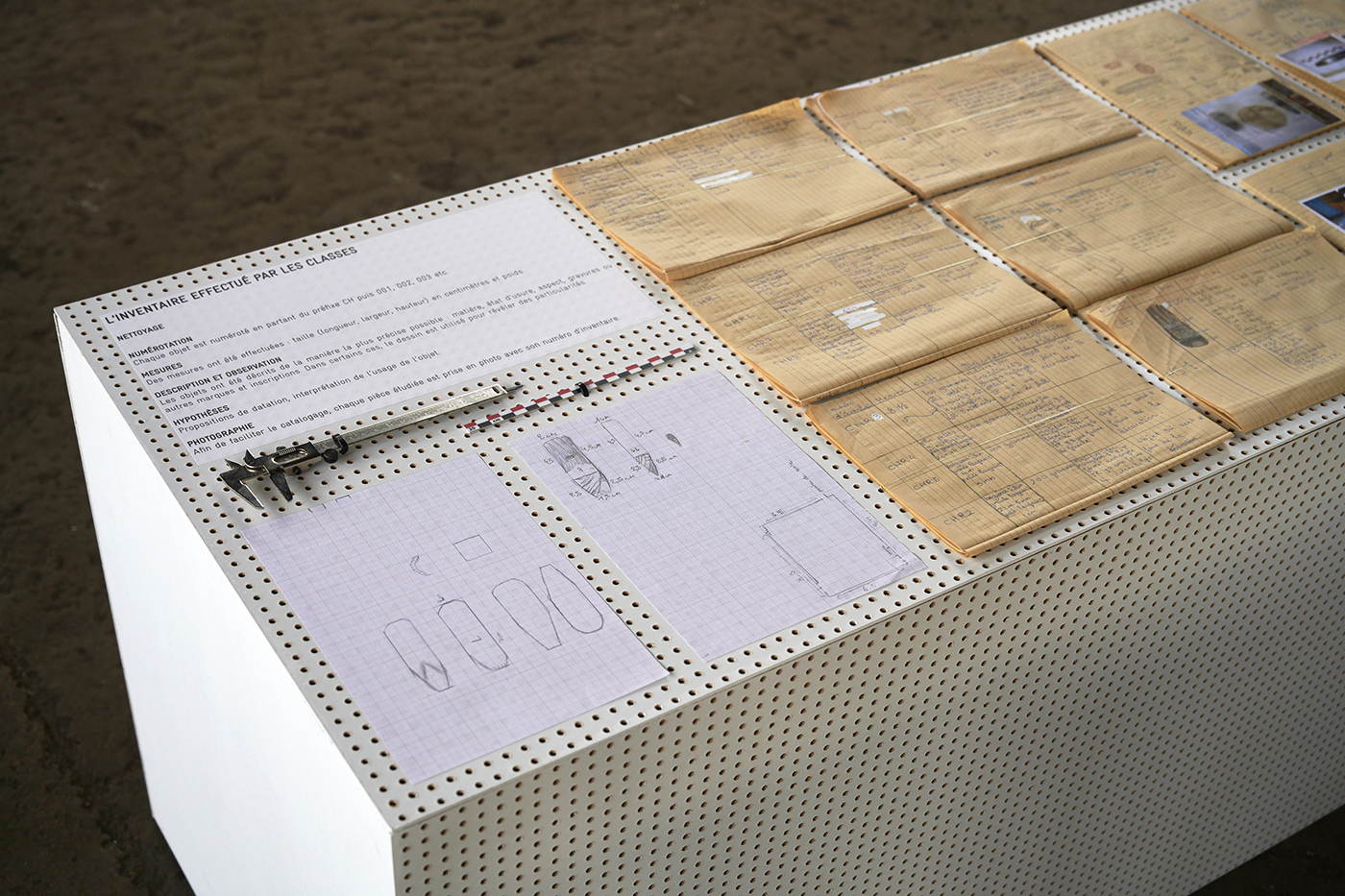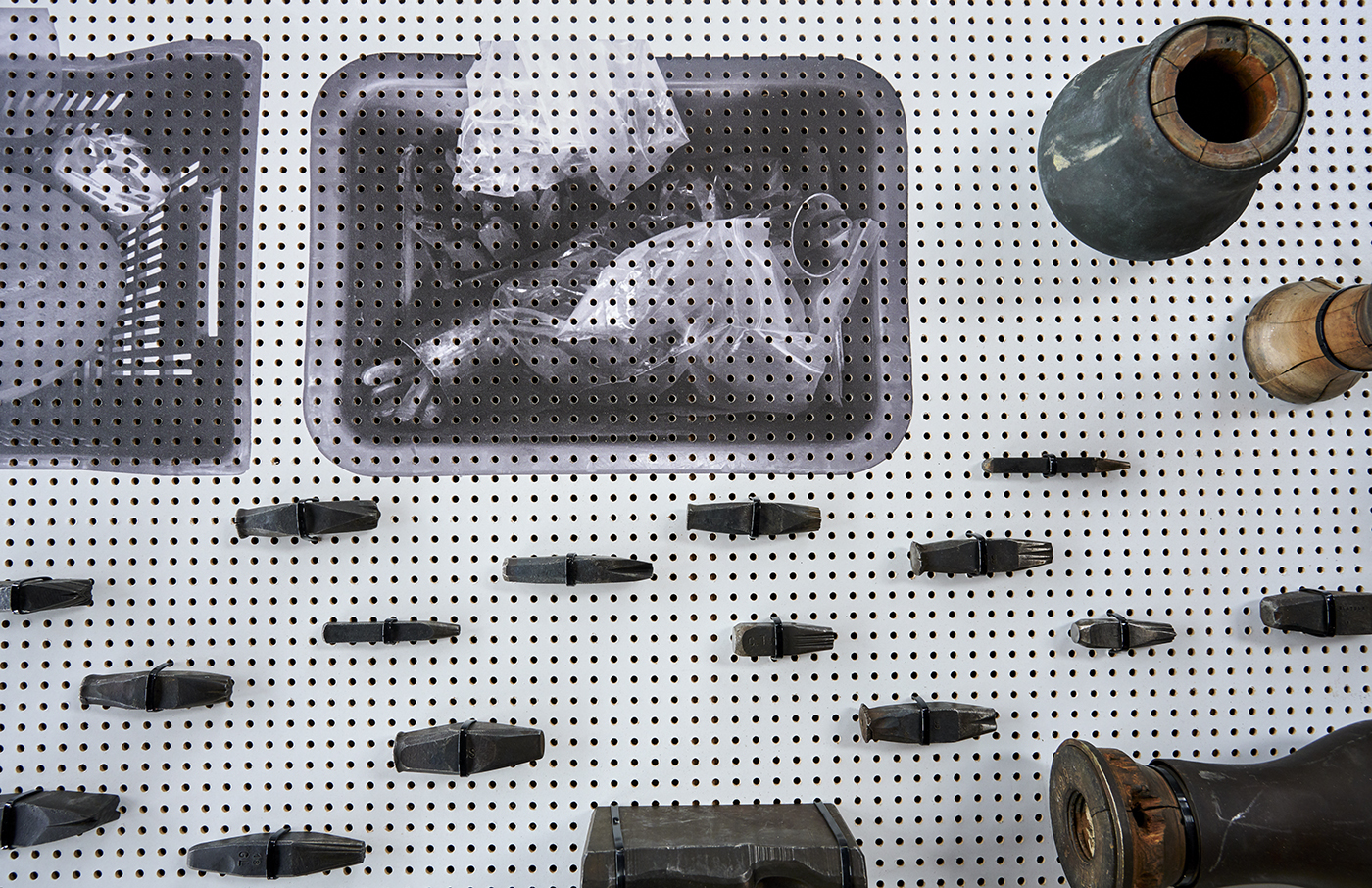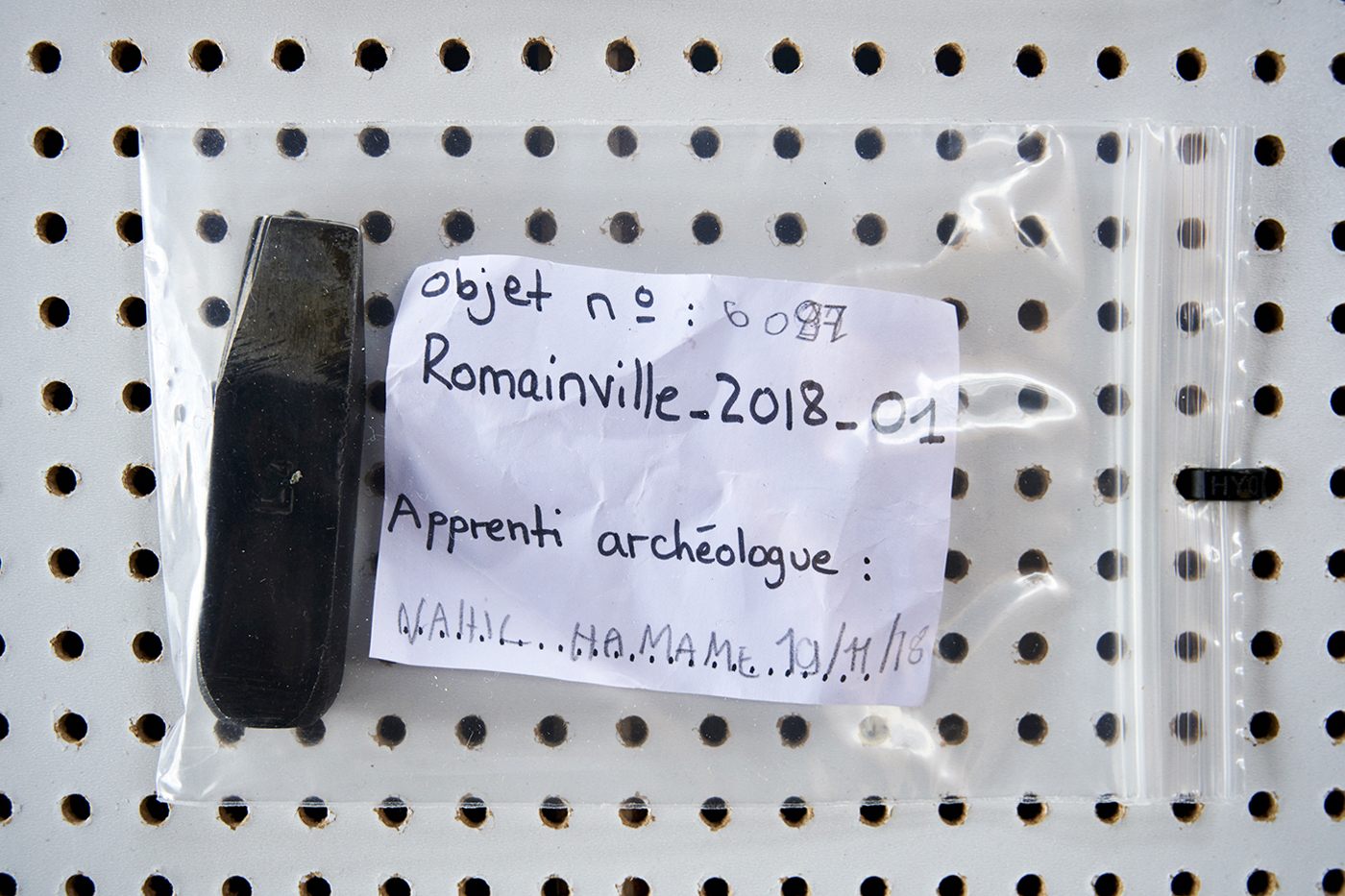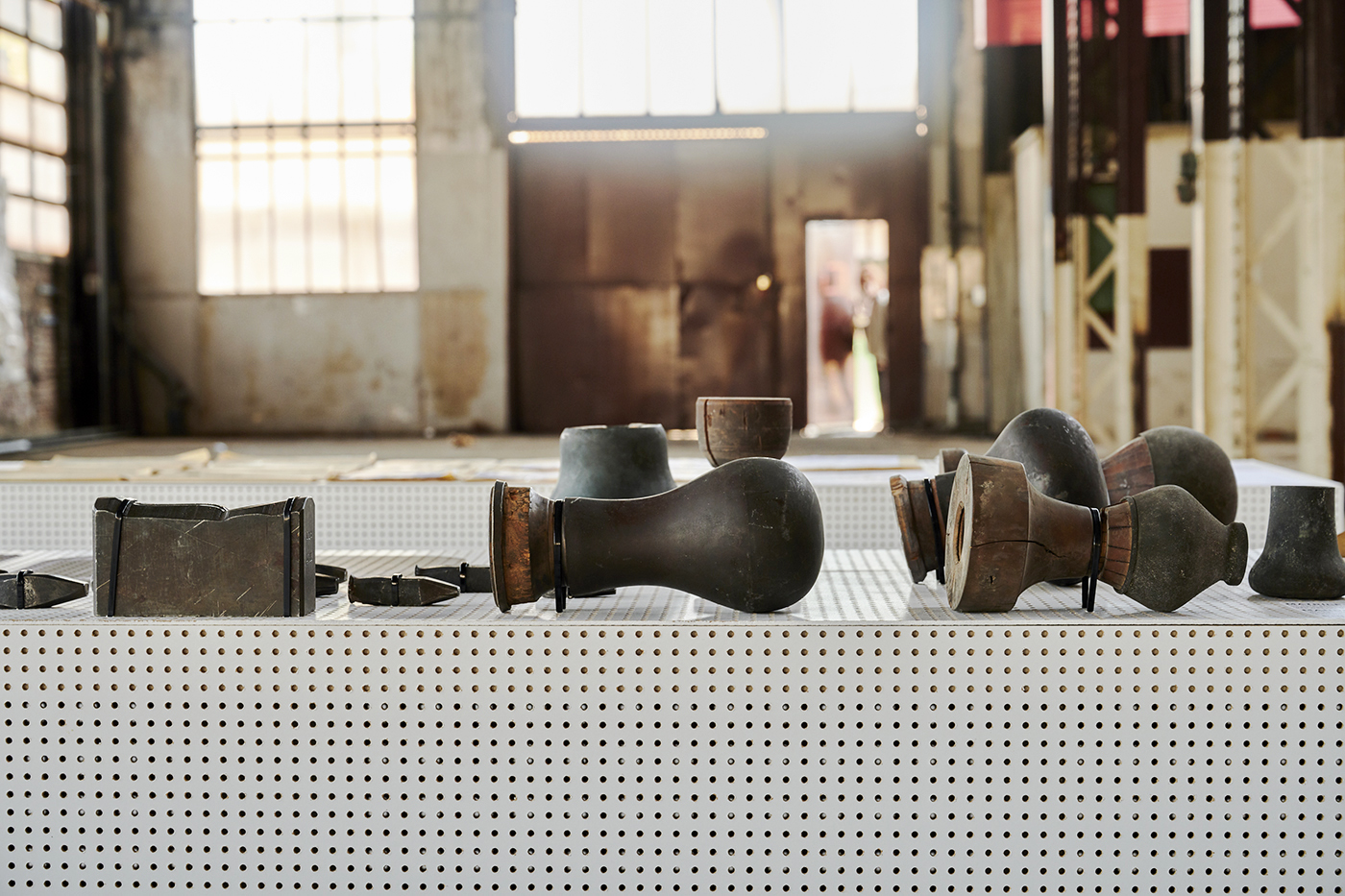- 2025
- 2024
- 2023
- 2022
- 2021
- The Forest System
- 2020
- A place to read
- Counterfactual
- Deep Sleep
- Fixing Sounds
- Ghost Populations
- Grey Matter
- Humanities
- Impôts.gouv
- My Precious One
- OK computer
- One for all
- Perfect Match
- Personal Borders
- Trial by fire
- Unconscious
- 2019
- Anonymous
- Daily science
- Houston 69
- Image and text
- La santé autrement
- Parts and labour
- Playing with fire
- Plu-present
- The art factory
- The legend factory
- The nuclear effect
- Unique every time
- Vertical
- What exactly is happiness?
- striking a chord
- 2018
- Animal images
- Connections
- Current affairs
- Extra space
- Les courts circuits
- Metamorphoses
- Off ground
- Playing with fire
- The Earth quakes
- The life of rays
- The ocean phenomenon
- The scope of cinema
- The struggle continues
- Top model
- Traces
- What is peace?
- 2017
- All about the climate
- Artistic territory
- Cars
- In all probability
- Inner journey
- Letter to a friend
- Planetarium
- Plants and us
- Polyptics
- Poster child
- Propagation of monotony
- Rocks unlimited
- Tour operator
- We, the presidents
- Youth culture
- 2016
- 3D universe
- Art curator
- Bioethics
- Colours
- Community radio
- Different books - digital design
- Different books - paper design
- Hands on
- Images - Mémoires
- In all probability
- Landscapes
- Meteors
- Microscopic
- Mirages
- Pantone Food
- The great outdoors
- The idiots' guide to teenagers
- The night
- There were several of them
- Under the surface
- 2015
- Books otherwise
- By prescription
- Denim
- Feet on the ground
- Intermediate schools in France
- Meteorologists
- Occupation: inventor
- Outdoors
- Sweet treats
- The art of love
- The climate in fiction
- To be completed
- Universal light
- Urban life
- What is today?
- Words and music
- 2014
- Are you modern?
- Aroma research
- Calculating sound
- Digital dreams
- Female landscape
- Hung up
- Infinite at top speed
- Les Grandes Tables
- Life in the laboratory
- Listening to the sacred
- Short trips into the working world
- The age of the earth
- Use and reuse
- Water
- Words and music
- Words and things
- 2013
- Aroma research
- As if by chance
- Behind the screen
- By what right?
- In praise of mixity
- Infinity at top speed
- Listening to the sacred
- Looking at animals
- Mass markets
- Memory
- On promotion
- Once upon a time: Art
- Segami
- Sensitive boundary
- Short trips into the working world
- The French factory
- Truth in sport
- 2012
- A simple movement
- Animalia
- Archigram
- Babel
- By what right ?
- Dinner's served!
- Experience of the world
- Found objects
- Money
- Once upon a time: Art
- Perceptible split
- Phenomena
- Serious games
- Television
- Warmly dressed
- 2011
- Animalia
- Balance of power
- Breathless
- Chemistry year
- Cities and architectures
- Eurêka
- Experience of the world
- Food
- Found objects
- Homepage
- Once upon a time
- Public life
- Television
- Under constraint
- Video games
- Vostok
- What to wear
- 2010
- Chimie en cuisine
- Eurêka
- Evolution
- Jeux vidéo
- La bioéthique
- La richesse - philosophie
- La richesse - sociologie
- Les adolescents - photographie
- Les adolescents - sociologie
- Objets trouvés
- Quel grand Paris?
- Rapprochement des cultures
- Sous contraintes
- Télévision
- Village global
Plu-present
Since 2009, the Seine-Saint-Denis County Council has been backing “la Culture et l’Art au Collège (CAC)”. This project is based to a large extent on the presence in class for several weeks (40 hours) of an artist or scientist whose mission is to engage the students in a process of research and creation.
Contributors: archaeologists
Objectives:
Traditionally, the aim of archaeology is to learn from its discipline’s traces (remains, ruins, catacombs, etc.) in order to reconstruct the life of bygone societies. However, these days, there is not a single historical period that escapes the attention of archaeologists. This can be seen in the approach of what is known as the “archaeology of the contemporary or recent past”. An excavation site is chosen in advance in the Seine-Saint-Denis area (remains from the wars, industrial heritage, housing, the filming location of a movie), where the students will carry out their research during this course.
Workshops:
Why?
Why do archaeologists excavate the recent and contemporary? What can they learn from it? The archaeologist and students study examples of current sites via pictures, texts and the internet, from the discovery of the site to the findings obtained via the techniques used.
Settling Matters
In class, the contributor presents the main characteristics of the site they are to excavate. The students prepare for their first visit by allocating missions: some will be involved with prospecting, plans and stratigraphy; others will be responsible for taking pictures and gathering information and objects. All of them will meet the archaeologists in charge of the site: discussions on the progress of the dig, difficulties encountered, stated objectives. Back in the classroom, the students then process the data they have collected. They classify, draw up timelines and try and discover the functions of materials that have been uncovered.
What We See
As well as studying the materials they have brought back, the class goes to the municipal archives for a day’s research. Cross-checking sources is required: archives, photos, accounts, and plans – the class cross references archives from the field with those of historians. This shows the students that archaeology, when it examines the” hyper-contemporary”, both feeds and is fed by other disciplines. With what they have just learnt, the students return to the site. Their aim is to create a 3D model of the structures it is composed of with a view to reconstituting the elevated elements, for example.
Scénographie : ELODIE DESCOUBES
Photos : PIERRE ANTOINE
